The ability to maintain body orientation and posture in relation to the surrounding environment (physical and social space) is challenging for many children. Mastering these skills represents a point of entry for most group and sports activities. These sorts of activities tend to lead to friendships and improved sense of self worth. For children with sensory processing dysfunction, this point of integration represents a challenge that is difficult to overcome. The ability to look where you are going, while simultaneously monitoring the environment as well as movement of body parts is a component of daily living skills.
Like most daily living skills, the type of multi-step task pictured here involves many components with an emphasis upon the ability to integrate inputs from the somatosensory, vestibular, and visual systems.
Body Awareness
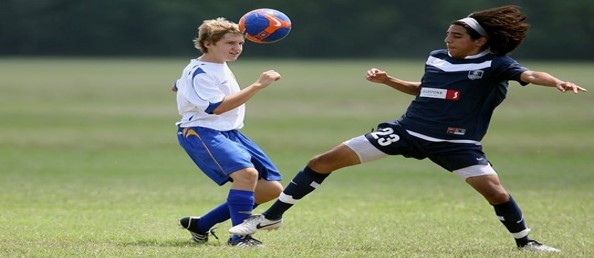
The concept of body awareness incorporates mindfulness of the body’s parts, how they are arranged, and how each part moves. When body awareness is referenced, concepts include how the brain and nervous system take in data about these parts and what they are doing on an continuing basis.
The somatosensory system is responsible for integrating touch and pressure sensations originating from the skin, along with movement sensations originating from joints, connective tissues and muscles as they move. The somatosensory system provides the “grounding” that allows us to know where we are in space, where our body parts are, and what each part is engaged in on a continual basis.
When children are able to group these components into meaningful patterns of coordination such as:
- how far to move
- timing the rate of speed of the moves
- Determining how much force to use to start/stop moves
outcomes usually result in avoidance of collisions and smooth motor execution.
However, when somatosensory processing skills are deficient, the ability to carry out series of motor patterns within an environment occupied by people and objects, can be daunting.
The Vestibular System
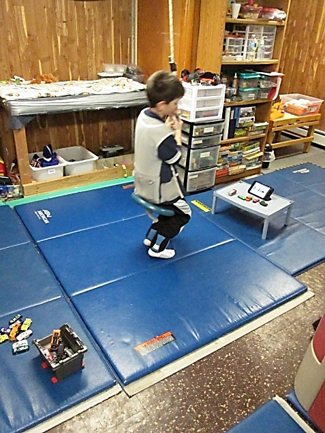
The vestibular system (designated for processing movement in space) was targeted for activation in this activity, through use of the disk swing. The vestibular system was used to trigger neurological subsystems responsible for prompting attention and postural control on a reflexive level. Therefore, this youngster did not have to think about some of the motor components of the task. This made it easier for the forefront of his brain to be mindful of objects in the environment, and to plan for motor series that avoided collisions.
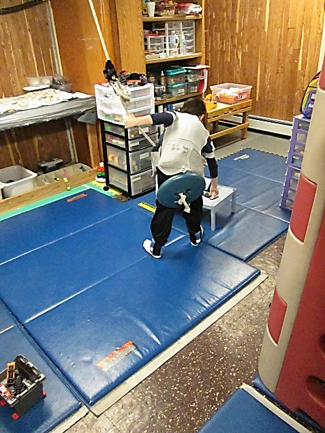
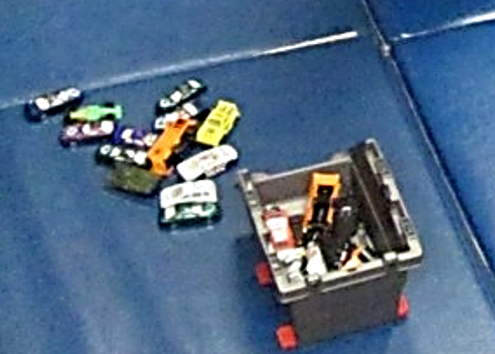
The visual system was engaged in a natural manner without prompts by selecting toys that were of interest to this child. Engaging the interest of children during “play” is a key element of sensory integration treatment. Use of images on a tablet to provide sequential organization of cars in the line up completed the cognitive load of this activity for him.
This activity was specifically designed to address:
- Body awareness (mindful of position in space)
- Attention to task
- Motor planning and sequencing (how do I move my body parts to get to the target)
- Self monitoring for correct selection and placement of the cars (visual discrimination and sequencing )
If you want additional practice activities, look at the Visual Perception and Tracking products in our store.

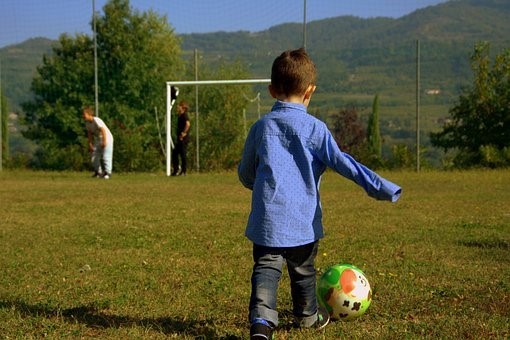
Comments are closed.